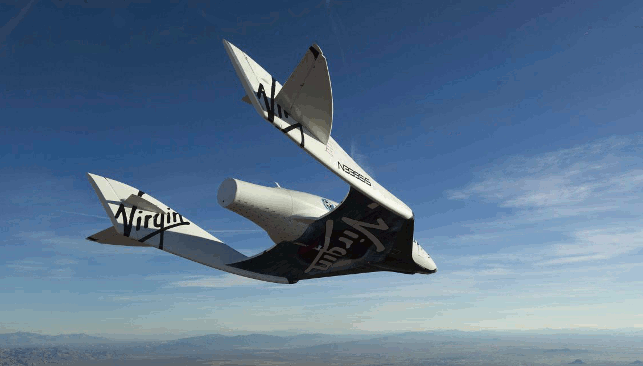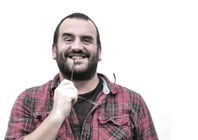As the mainstream media work itself into a frenzy over the sad news of the Virgin Galactic crash, Al Dean looks at the process of product development and how the risk of failure is an inevitable part of the process
One of the best parts of the strange life we lead at DEVELOP3D is that we get to meet a lot of very interesting folks. Whether during conversation at a user event, watching someone on stage present their life’s work and passions or, inevitably, in the bar afterward.
Around ten years ago, I had the distinct pleasure of watching Burt Rutan of Scale Composites present at a SolidWorks user event (I dimly recall San Diego for some reason). Rutan relayed how he’d built up a passion for space travel, instilled the moment Neil Armstrong set foot on the moon.

Michael Alsbury, Rest in Peace. That is all
Like many of us connected with the design and engineering profession, we can all relate to this. I know folks that got their inspiration to train as engineers because they wanted to see their name in 8-foot high letters just like Brunel on the Clifton suspension bridge.
Rutan felt, even at that formative age, that everyone should get the chance to travel into space. That it shouldn’t be restricted to government organisations.
It was this passion that drove Rutan and his team at Scale Composites to win the X Prize and inevitably go into partnership with Richard Branson to find Virgin Galactic.
Yes, it would be the preserve of the rich and famous, but eventually the goal is to make space travel more accessible and more useful.
Whether you agree that the resources pumped into this project could perhaps have been better spent solving more immediate problems facing this planet, or not, you have to admire the audacity of the concept. After all, space travel is a complex business.
It’s one that involves ground breaking research and engineering skill. And one that, outside of NASA and other national organisations, is a closed group.
To have a private enterprise pushing the boundaries, exploring what can be done at the very limits of feasibility, is something that we don’t get to see very often.
But with such work comes risk, as we have very painfully seen in recent weeks.
While the results of the investigation are still pending, it’s clear that something went wrong and that a test pilot has lost his life, with another seriously injured.
Immediately, the mainstream media jumped all over the story. Soon after it happened I found myself in the kitchen listening to John Humphreys on BBC Radio 4 talking about whether or not there should be oversight and legislation on this type of work.
I’ll be frank, it made my blood boil but then I started to realise that this pretty much sums up the media’s opinion of those working in design and engineering.
The lack of understanding of the fundamentals, of the shear effort involved in bringing new products to market. Having to ensure that these products are safe and fit for purpose. And, of course, the inherent risks that are involved in doing that. Yes, most of us aren’t risking life and limb, travelling at mind bending speeds, but risks are there. Does that mean that we shouldn’t try?
That we shouldn’t attempt the seemingly impossible? That every activity that has a risk should be controlled and restricted by governmental mandate? No. I believe it does not.
To progress as a species, we need to experiment more, to push boundaries and to see where we can get to. We need to face those risks head on and overcome them. And I salute those that do.
Perhaps it’s best summed up in the statement from Virgin Galactic in the days following the crash: “For Virgin Galactic, everything rests on our vision of creating accessible and democratised space that will benefit humanity in countless ways for generations to come.
“Like early air or sea technologies, the development is not easy and comes with great risks, but our team of more than 400 dedicated engineers and technicians are committed to realising the potential of this endeavor.
“From research, to travel, to innovation, we believe that the technology our industry is pioneering is crucial to the advancement of humanity.”
The Virgin Galactic crash has shown progress will always include some peril
Default






